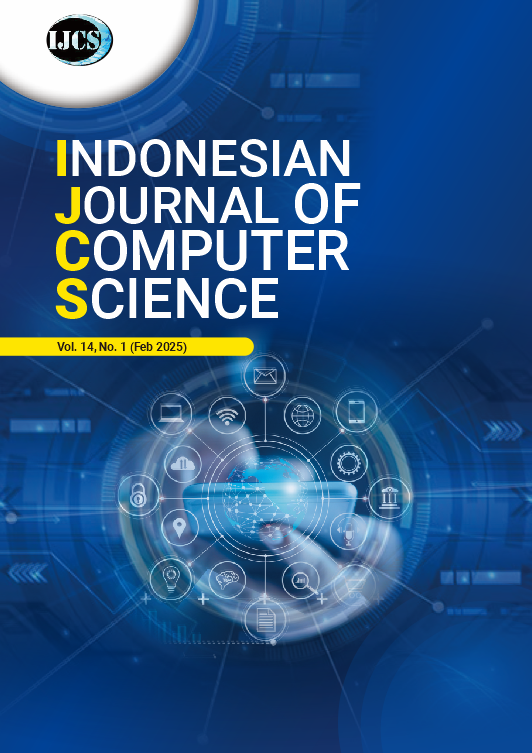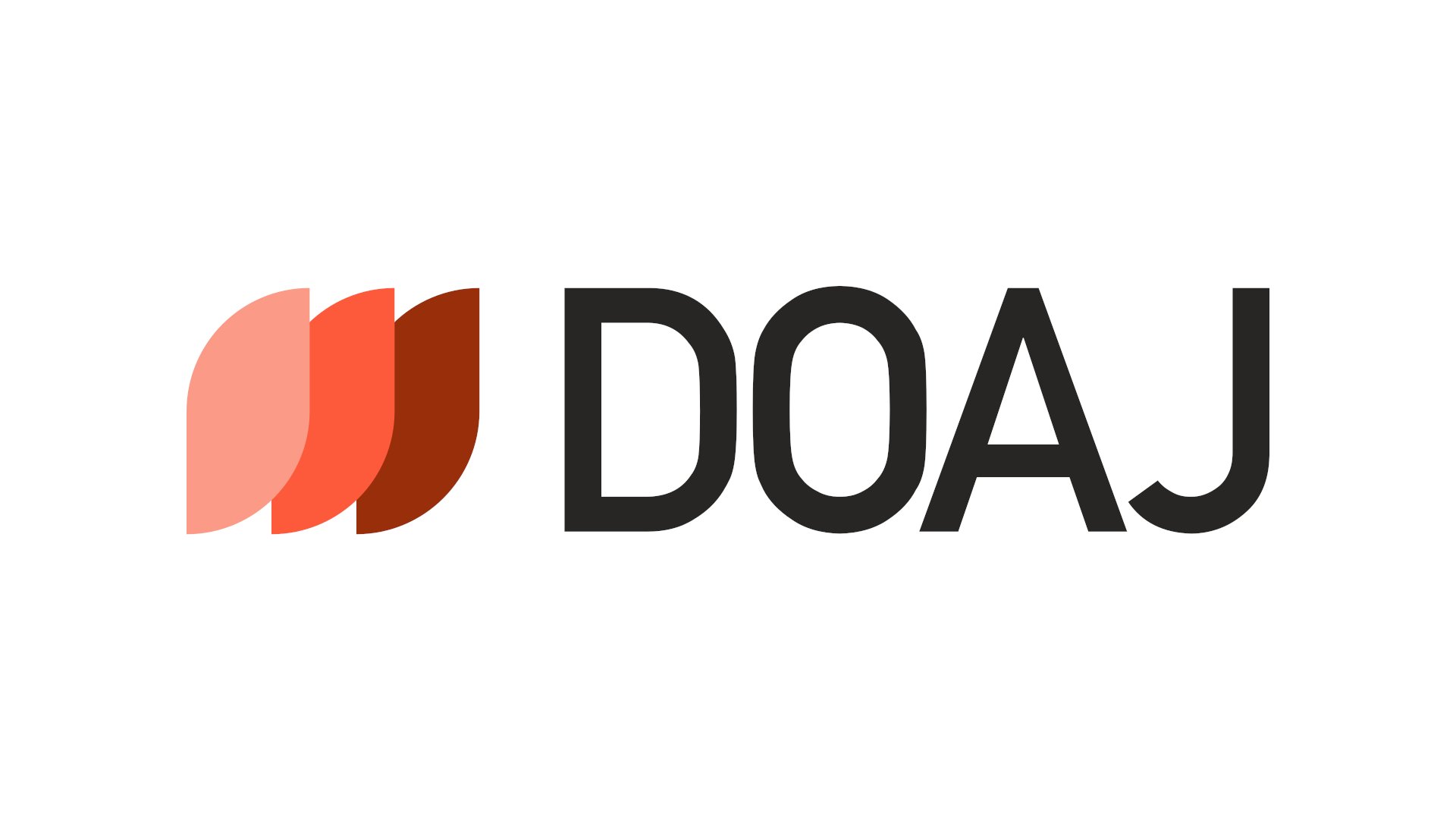Kinematics Analysis of Articulated Robot
DOI:
https://doi.org/10.33022/ijcs.v14i1.4668Abstract
Robot technology is applied to support the farmers in various stages, from seeding and farm maintenance to harvesting and packaging agricultural products. The purpose of this paper is to analyze the kinematic modeling of an articulated robot that can be used for sorting mangoes based on their weight. Two methods are used to analyze the robot arm: forward and inverse kinematics. The DH method is employed to analyze both forward and inverse kinematics in this paper. Transformation matrices for each joint were obtained using the DH method to derive the forward kinematics results. For inverse kinematics, a geometric approach is presented to determine the joint angles. A graphical user interface (GUI) is used to control the articulated robot. The results are validated by comparing the calculated outcomes with the Robo-Analyzer results. In this analysis, the articulated robot's accuracy was investigated by repeating the same predetermined movement and measuring the error. After implementing the articulated robot, an experimental results were obtained to measure the accuracy and repeatability of its performance. At the end of the experimental results, the highest positioning error of the articulated robot is 1.7205 mm, and the lowest positioning error is 0.2 mm, depending on the five predetermined positions.
Downloads
Published
Issue
Section
License
Copyright (c) 2025 mon mon thae

This work is licensed under a Creative Commons Attribution-ShareAlike 4.0 International License.





